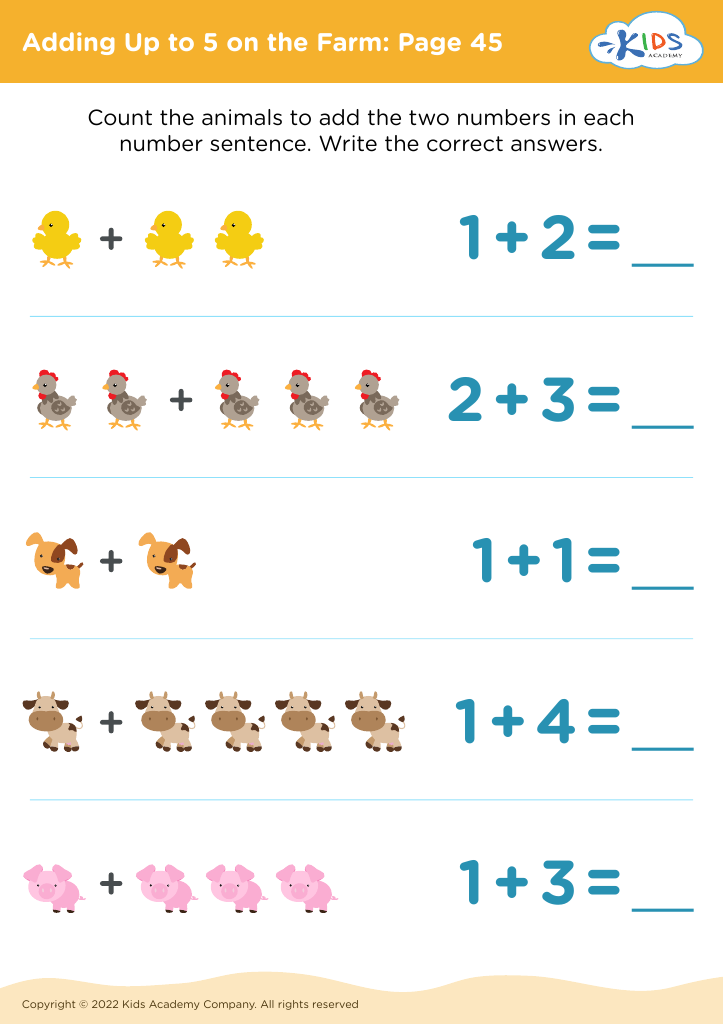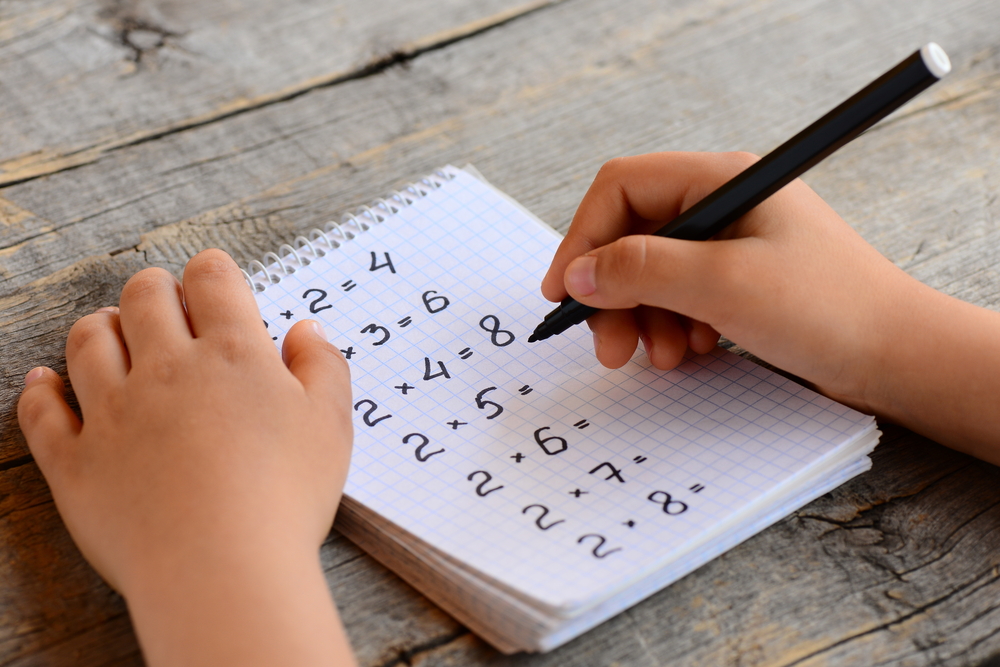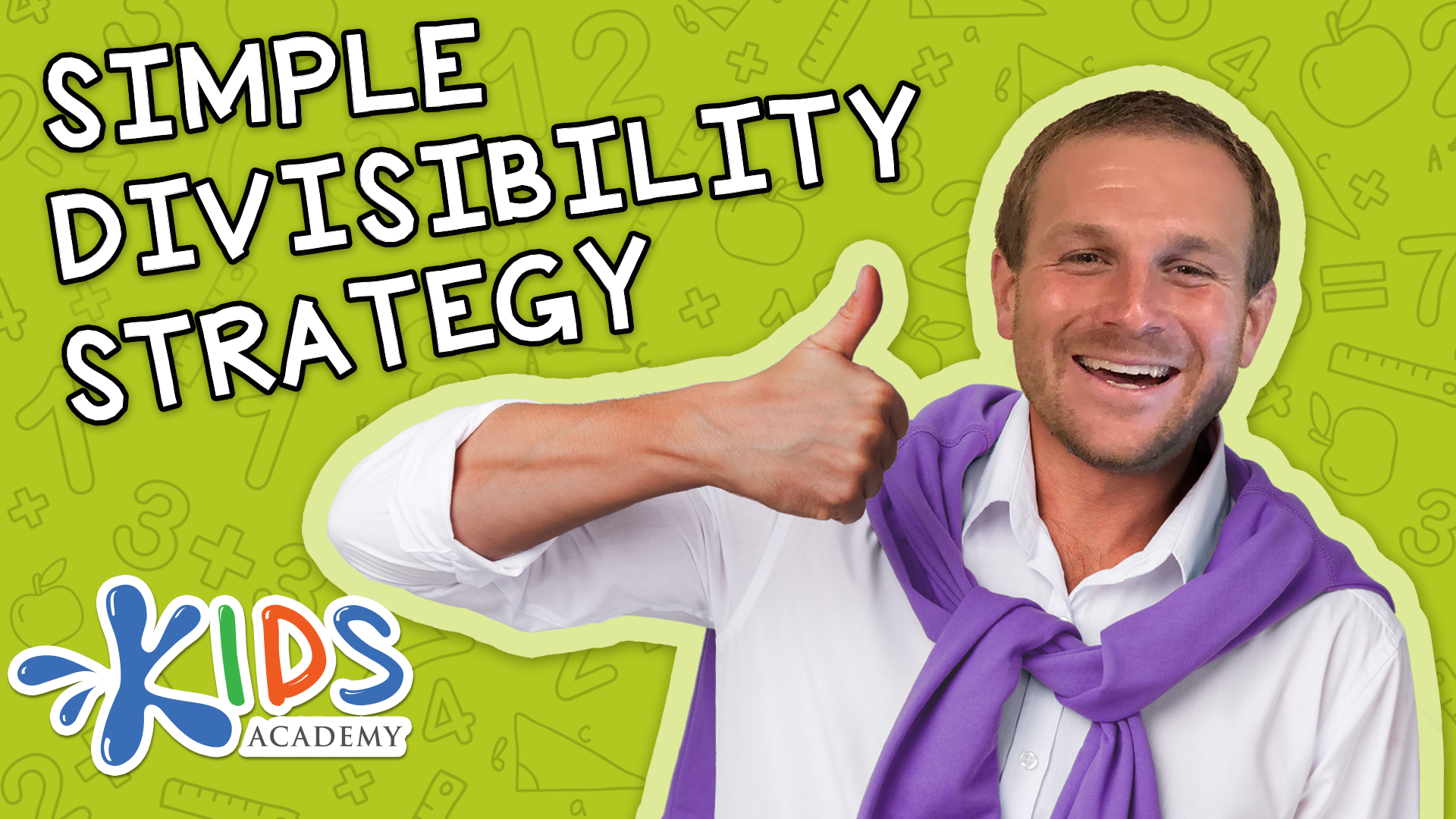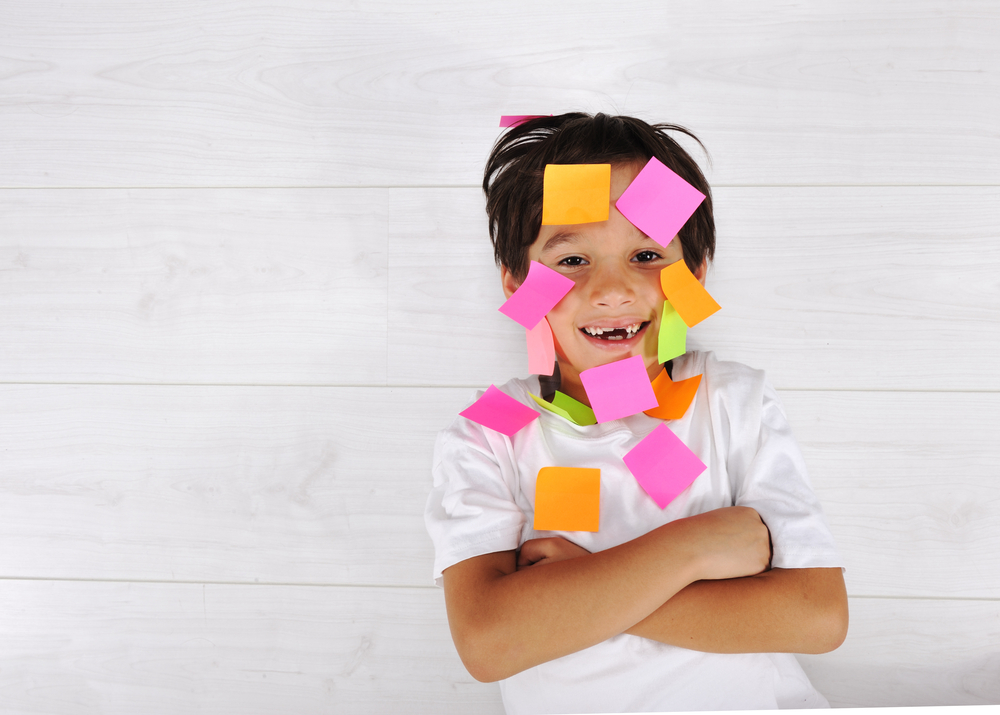Visual-motor skills Math Worksheets for Ages 3-5
4 filtered results
-
From - To
Enhance your child's learning journey with our Visual-Motor Skills Math Worksheets, designed specifically for ages 3-5. These engaging, interactive worksheets help young learners develop essential motor coordination and cognitive skills as they navigate fun math activities. By blending visual recognition with hands-on practice, kids explore numbers, patterns, and shapes while strengthening their fine motor abilities. Perfect for at-home or classroom use, our worksheets encourage creativity and critical thinking, laying the foundation for future mathematical success. Download printable worksheets to make learning math enjoyable and effective, setting your child on the path to academic achievement and confidence in their abilities.
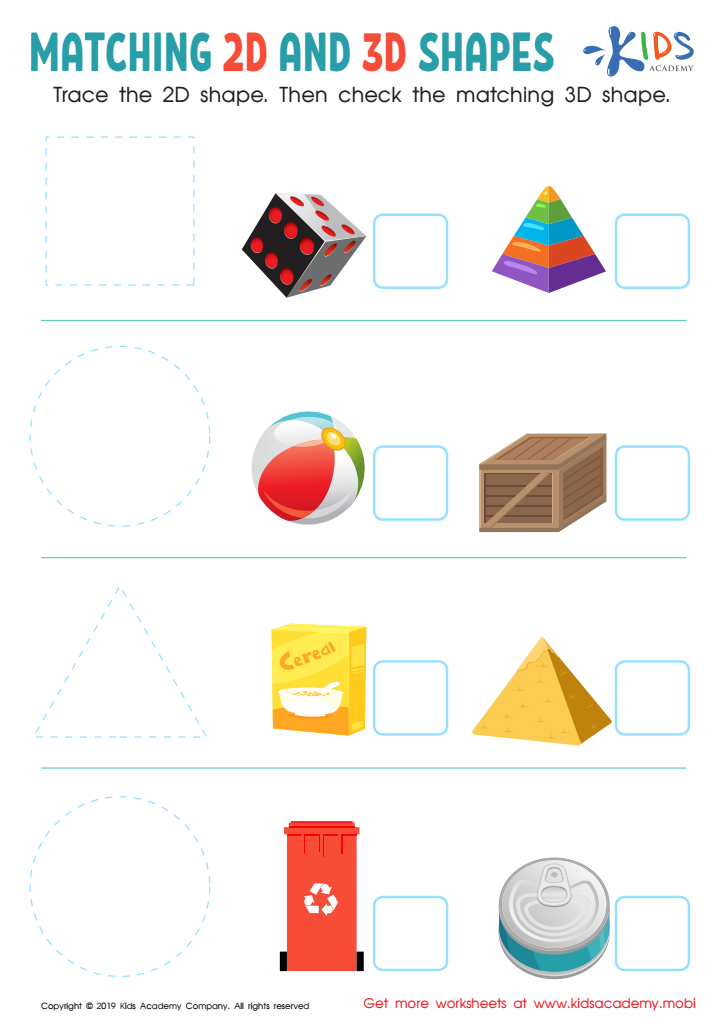

Matching 2D and 3D Shapes Worksheet
Parents and teachers should prioritize developing visual-motor skills in young children, particularly as it relates to math, for several crucial reasons. At ages 3-5, children's cognitive development is closely linked to their ability to perceive and manipulate visual information—a key component in understanding mathematical concepts. Visual-motor skills involve the coordination of visual perception and motor function, which are essential for tasks such as counting objects, aligning numbers, and understanding spatial relationships.
By fostering these skills early on, children build a solid foundation for mathematical learning. Activities that encourage visual-motor integration, such as drawing shapes, connecting dots, and stacking blocks, not only enhance fine motor skills but also help children visualize math concepts in a concrete way. This visualization is critical as it aids in problem-solving and analytical thinking.
Moreover, strong visual-motor skills can boost a child's confidence, making math less intimidating as they progress into formal education. Parents and teachers play a vital role in this developmental phase by creating engaging and interactive opportunities for children to practice these skills.
Investing time and resources into nurturing visual-motor skills enriches children's overall learning experiences, setting them up for academic success as they navigate more complex mathematical ideas in later years.

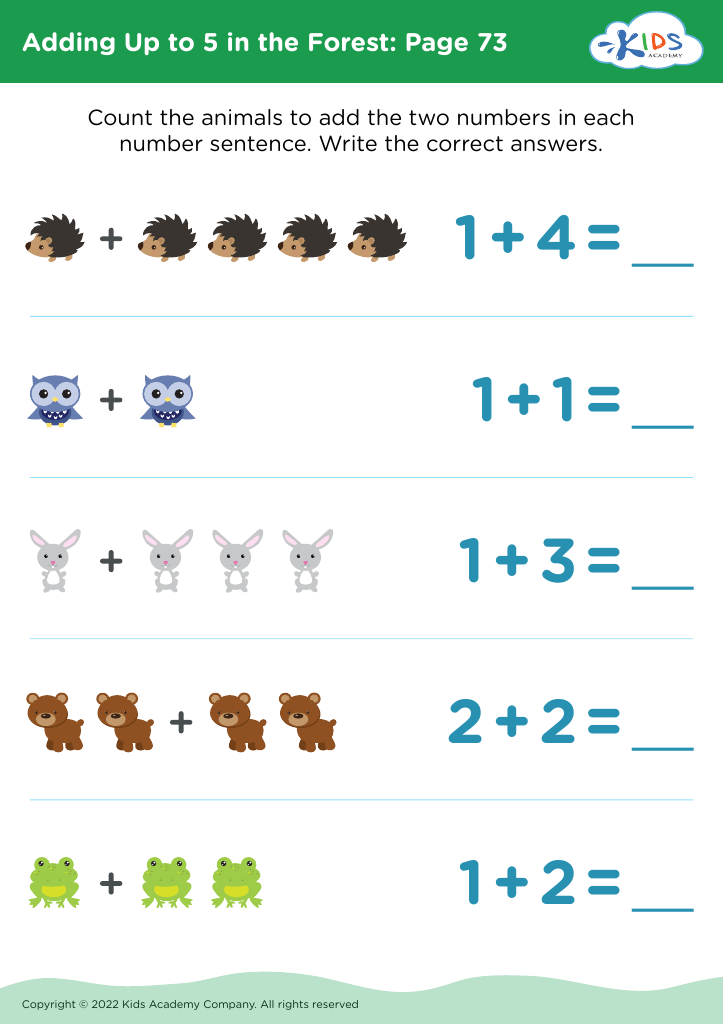
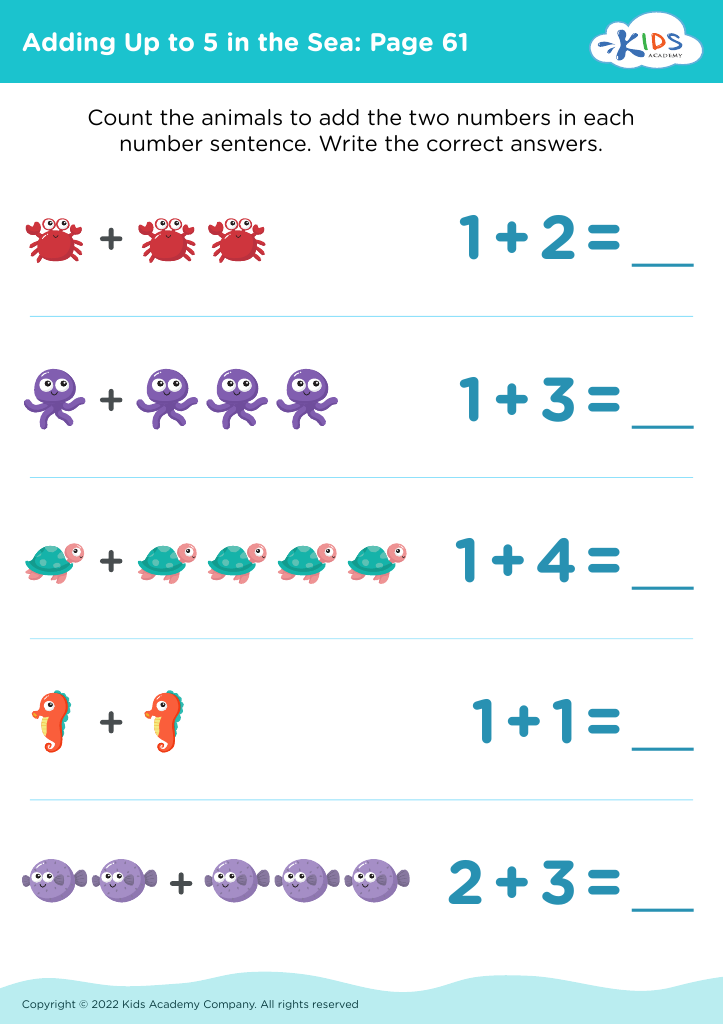
 Assign to My Students
Assign to My Students
